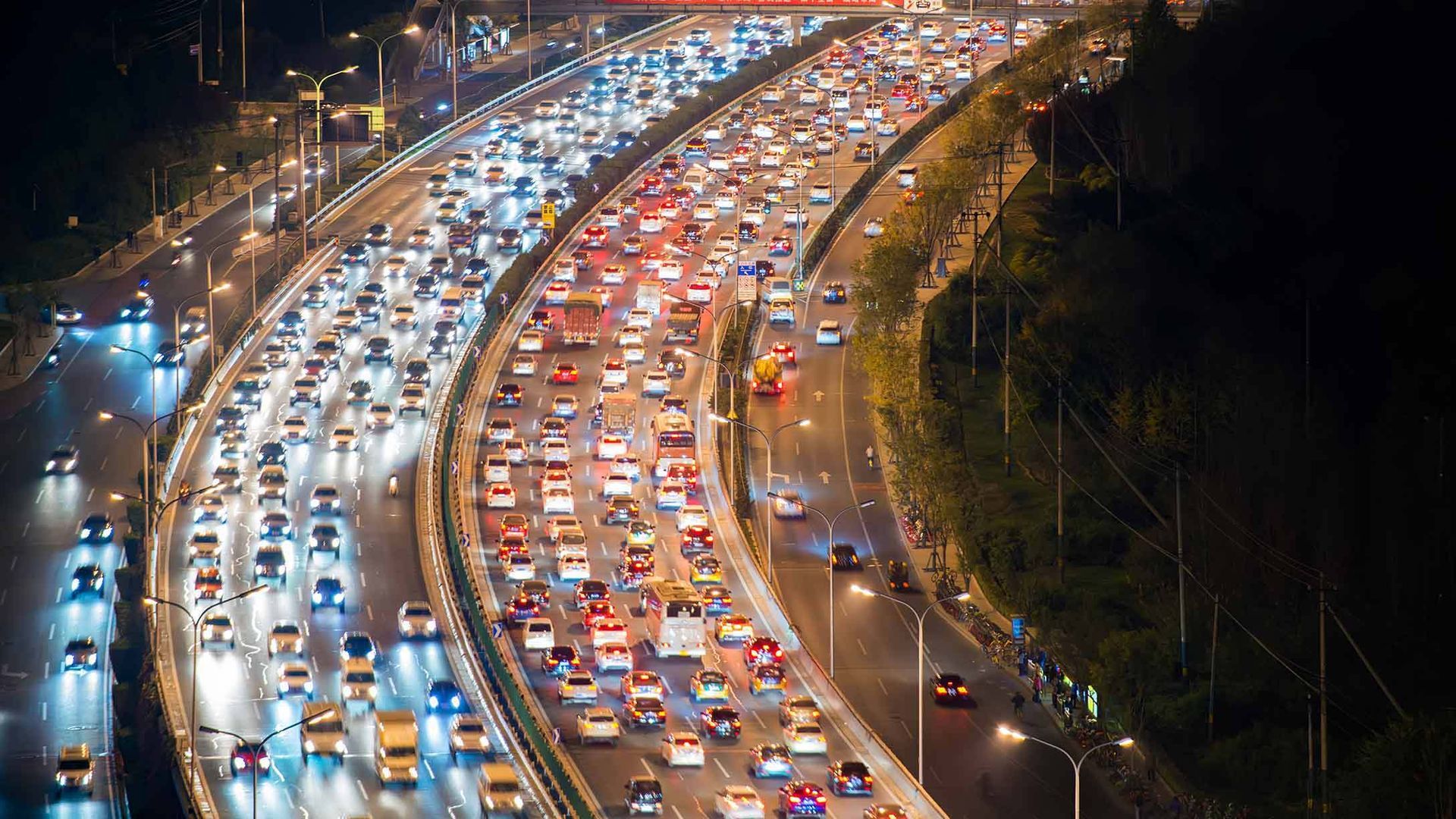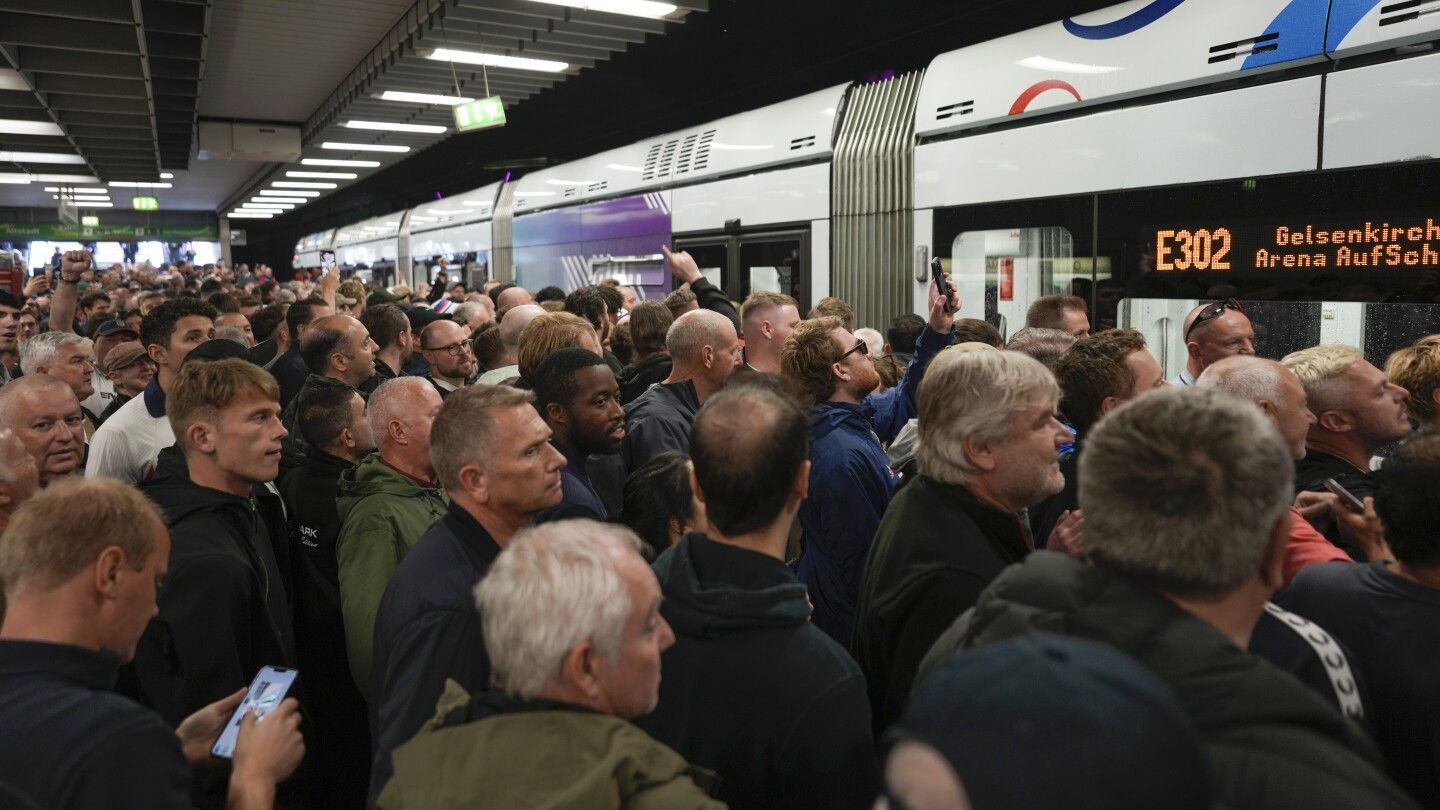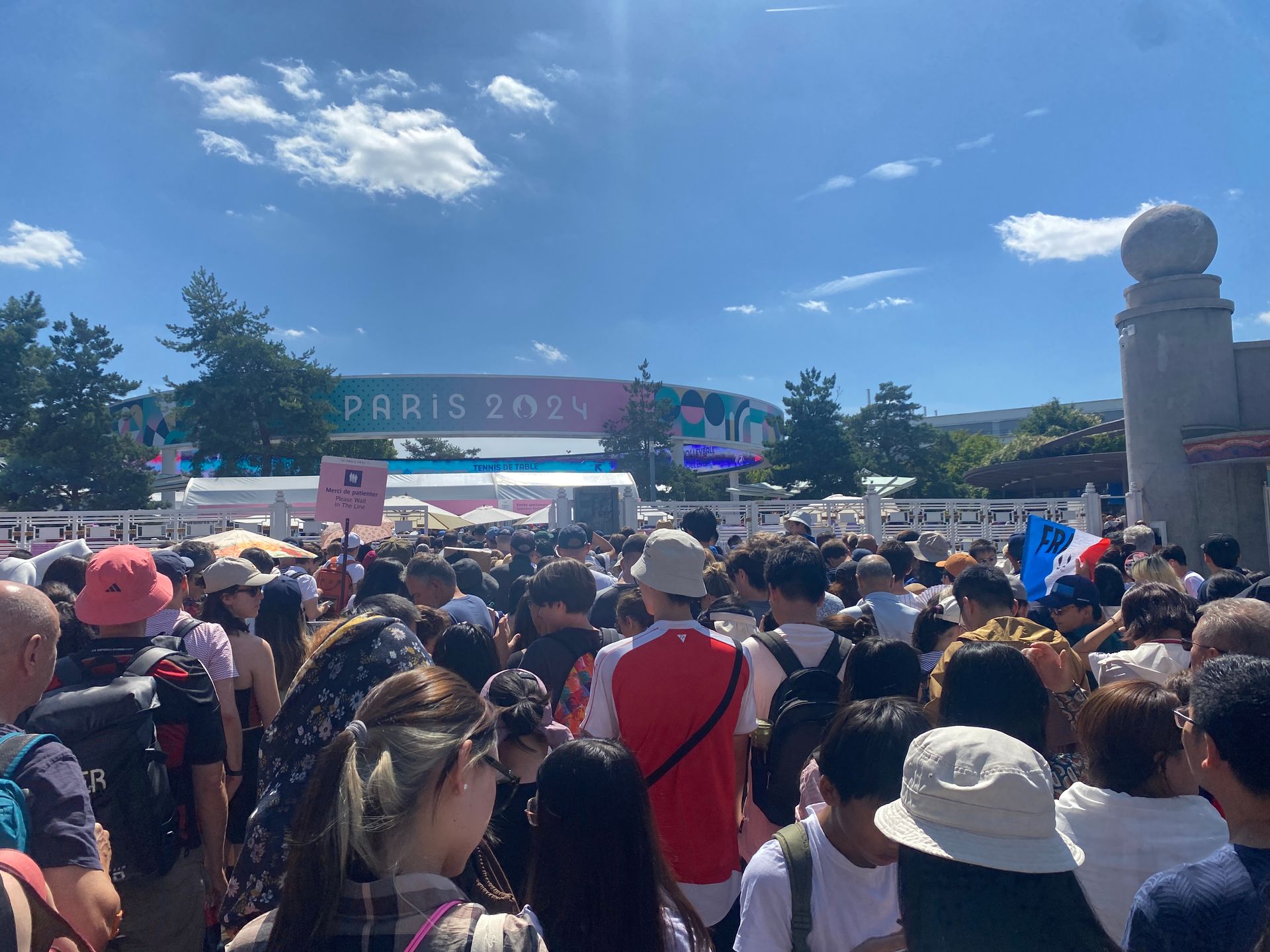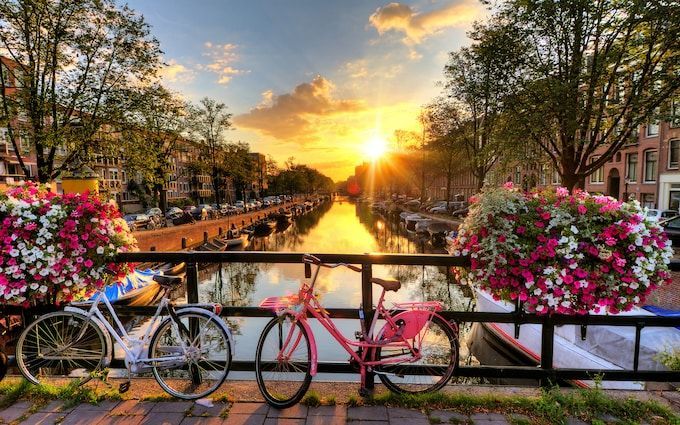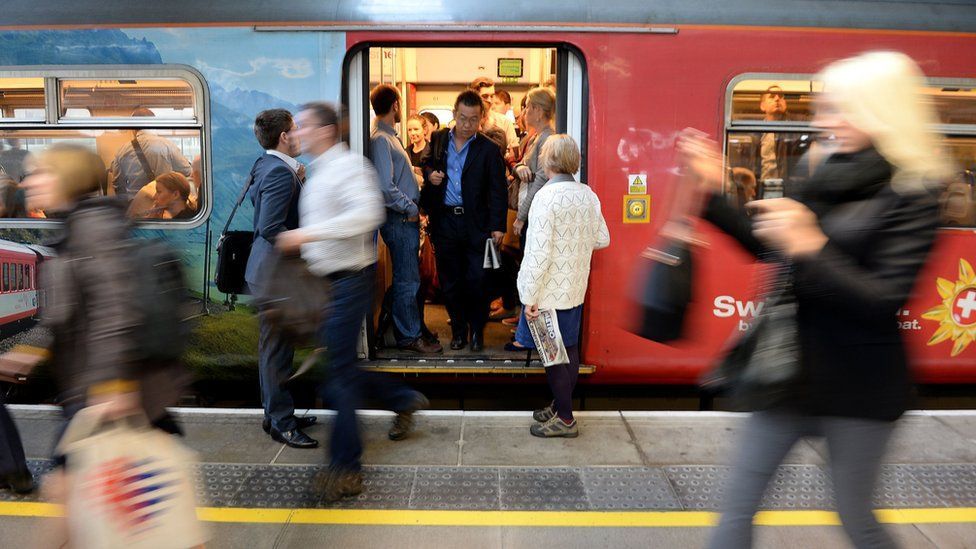An introduction to STRIVE

Following last week's European Mobility Week and as the world unites to tackle the urgent challenges of climate change and environmental degradation as part of this week’s celebration of Global Goals Week this is a timely reminder of our collective responsibility associated with achieving the United Nations' Sustainable Development Goals (SDGs). Among these 17 SDGs are objectives that aim to significantly reduce carbon emissions, foster sustainable practices and promote climate action.
STRIVE, our fresh new consultancy service launched today, aligns perfectly with these goals by offering a fresh approach to sustainable fan and audience travel to events and venues. In doing so, it emphasises the importance of collective action to meet global sustainability targets as well as the importance of leadership.
The environmental impact of fan and audience travel
One of the most significant contributors to carbon emissions within the events industry is fan and audience travel. Sporting events, music festivals, and other live events involve mass numbers of attendees - often from different parts of the world. In fact, travel-related activities account for 70-90% of total emissions across the sport and live entertainment sector. Without sustainable solutions, event-related travel poses a serious obstacle to achieving climate targets.
The challenge of addressing this issue lies not only in reducing individual travel emissions but also in finding scalable solutions that can work within the logistical demands of live events. There is an increasing need for innovative platforms that both mitigate environmental impact and promote eco-friendly travel alternatives.
Rising regulatory pressure
Sustainability is no longer a buzzword — it's essential. As governments across the globe tighten regulations and set ambitious decarbonisation targets, organisations are under pressure to monitor and reduce their carbon footprints. They are expected to go beyond compliance, making sustainability a core aspect of their operations to meet stakeholder demands for transparency and action.
Currently, regulations in the venues and events sector focus on Scope 1 and 2 emissions. However, there's growing attention being paid to Scope 3 emissions, which include indirect impacts from supply chains, waste and crucially fan and audience travel. The latter being a significant contributor to the carbon footprint of large events - in some cases making up 90% of a live events emissions. As awareness of these broader impacts increases, forward-thinking organisations are taking steps to address Scope 3 emissions now.
New regulations targeting Scope 3 are emerging globally, with regions like the European Union leading the charge. Organisations that proactively manage these indirect emissions not only reduce their environmental impact but also position themselves to meet (likely) future legal and financial requirements. Integrating Scope 3 into sustainable transport strategies is key to staying ahead of evolving regulations and demonstrating leadership in sustainability.
The associated operational, customer experience and commercial imperatives
Taking a holistic approach to fan and audience travel offers benefits far beyond environmental impact.
By distributing movement across all modes of transport, it reduces crowd management and venue entry pressures, minimising delays and enhancing the overall fan and audience experience.
This seamless coordination boosts the reputation of host jurisdictions, venue and event operators and event rights holders.
Commercially, efficient operations attract sponsors seeking sustainable events, and enabling fan's to spend longer before and after an event without fear of travel delay can lead to increased spend. The community also gains from less local disruption and can, if conceived well, lead to the legacy benefit of lasting sustainable travel behaviors. These advantages make a systematic approach to travel management a win-win for all stakeholders.
STRIVE: For a better environment, better fan and audience experience, better social impact and better reputation
In response to environmental challenges, In the Round has launched STRIVE, a consultancy service designed to tackle the carbon footprint of spectator and fan travel for events of any scale. It offers tailored solutions to help event organisers, right's holders, individual venues and host jurisdictions manage and reduce audience-related emissions through a holistic approach.
Recognising that sustainable travel isn’t always a priority, STRIVE helps organisations focus on high-impact areas, implementing solutions in stages as funding and partnerships develop. The action plan distributes responsibilities across stakeholders, promoting collaboration and preventing any single entity from shouldering the entire cost.
We aim to not only help others meet sustainability regulations but also enhances corporate social responsibility, building stronger stakeholder relationships, and providing valuable data insights. It capitalizes on the growing eco-consciousness of fans—over half of global sports enthusiasts expect organizations to support green initiatives. Offering sustainable transport options boosts fan engagement, increases venue stays, and benefits local economies, while neglecting these needs poses a reputational risk.
What sets STRIVE apart is its unique collaboration of partners and services, covering transport planning, fan engagement, sustainability, journey management and more. This integrated approach ensures a high-quality, sustainable travel experience that benefits both venue/event attendees fans and organisations.
You can read more about some of the organisations we have helped better organise the demand for travel to events here.
Taking action now
The need for sustainable audience travel solutions in the sports, entertainments and cultural sector has never been greater.
STRIVE offers a fresh and pragmatic approach to reducing travel-related emissions and locking in the wider benefits associated with fan and audience experience, operational efficiency, community impact and commercial gain. As organisations and individuals strive to meet the SDGs, now is the time to embrace services like STRIVE to drive collective action toward a greener, more sustainable future.
Take the lead in sustainable travel event management. Let’s STRIVE to reduce your carbon footprint and contribute to a more sustainable world.
To find out more please email us now at hello@intheround.global.
